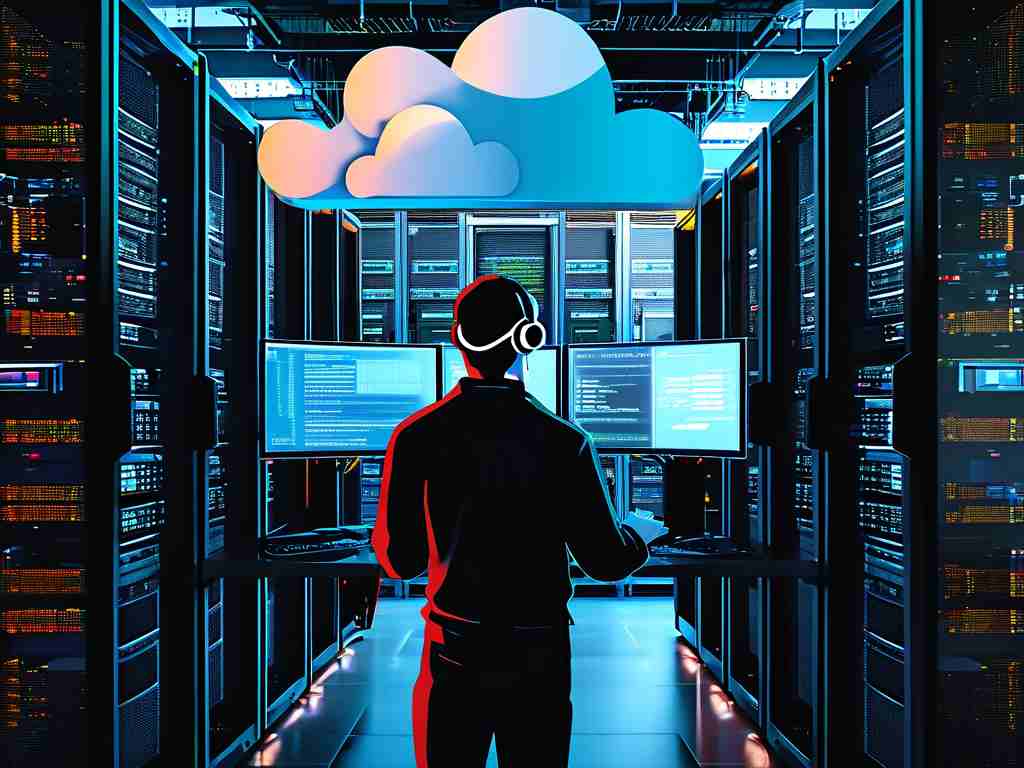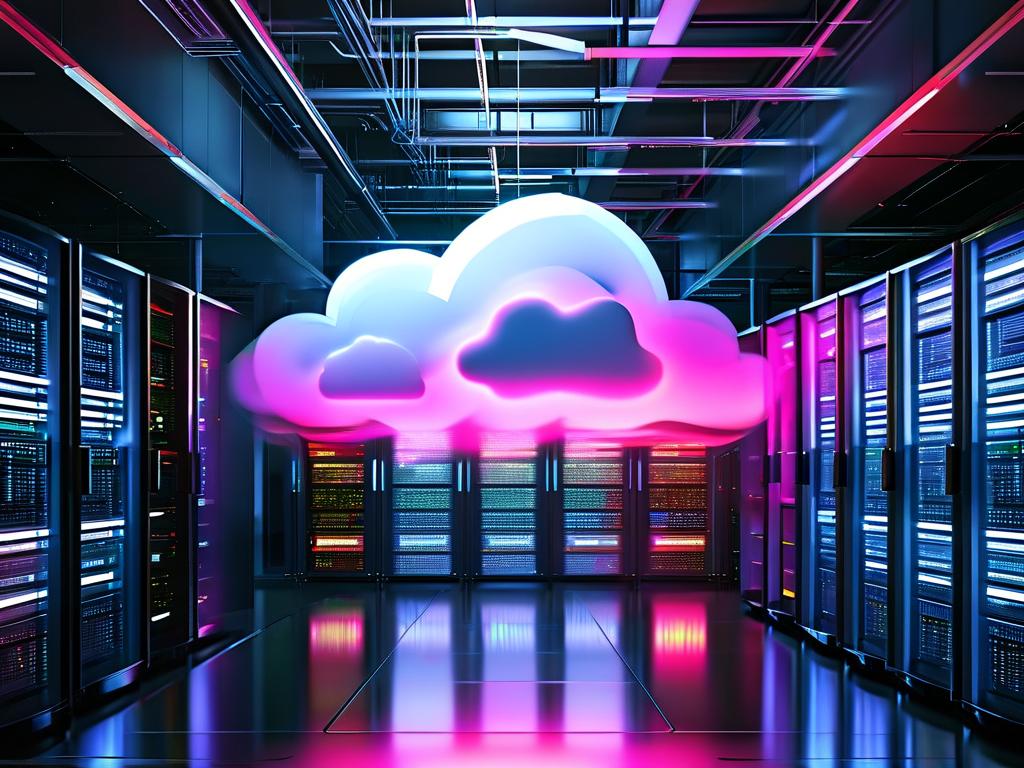In the ever-evolving landscape of digital creativity, the fusion of hybrid cloud architecture and artistic workflows has emerged as a transformative force. By seamlessly integrating private and public cloud resources, creators gain unprecedented flexibility to experiment, collaborate, and scale projects—all while maintaining control over sensitive data. This synergy is reshaping industries from film production to software development, offering a blueprint for innovation in the modern era.

The Intersection of Cloud and Creativity
Hybrid cloud architecture combines on-premises infrastructure with scalable public cloud services, enabling organizations to balance performance, cost, and security. For creative professionals, this duality unlocks new possibilities. Designers, developers, and content creators can leverage burst computing power for rendering complex animations or training AI models, then switch to localized storage for editing proprietary assets. This dynamic resource allocation mirrors the nonlinear nature of creative processes, where inspiration and technical demands fluctuate unpredictably.
A video game studio, for example, might use public cloud GPUs for real-time ray tracing during peak development phases while keeping intellectual property like character designs on a private server. Similarly, a marketing team could deploy cloud-based AI tools to analyze consumer trends globally, then use localized analytics to refine campaigns regionally.
Breaking Down Silos in Collaborative Workflows
Traditional creative workflows often suffer from fragmented toolsets and isolated teams. Hybrid cloud environments dissolve these barriers by providing unified platforms for version control, asset management, and real-time collaboration. A film editor in Los Angeles can work on 8K footage stored in a private data center while a visual effects team in Mumbai accesses the same project through a public cloud portal. Containerization technologies like Docker ensure consistency across environments, eliminating the "it works on my machine" dilemma.
Consider this code snippet for a cloud-agnostic asset pipeline:
def deploy_workflow(environment):
if environment == 'private':
connect_to_onprem_cluster()
else:
spin_up_cloud_instance()
load_assets_from_hybrid_storage()
Such flexibility allows teams to pivot resources without disrupting creative momentum.
Security Without Compromise
Critics often cite security concerns when discussing cloud-based creative tools. However, hybrid architectures address this through granular control. Sensitive storyboards or unreleased music tracks can reside in encrypted private nodes, while less critical components like rendering farms utilize cost-effective public infrastructure. Zero-trust security models and role-based access controls further ensure that only authorized personnel interact with specific assets.
A 2023 study by the Creative Technology Consortium found that studios adopting hybrid cloud solutions reduced data breach risks by 68% compared to public-cloud-only counterparts. This security-confidence paradox—where robust protections enable greater creative risk-taking—has become a hallmark of hybrid-driven innovation.
Cost-Efficiency Meets Ambition
The pay-as-you-go model inherent to hybrid clouds aligns perfectly with project-based creative work. Startups can prototype AR experiences using affordable public cloud credits, then transition to dedicated hardware as projects scale. Auto-scaling features prevent budget overruns during experimental phases, while reserved private instances ensure stable performance for mission-critical tasks.
This financial agility empowers smaller studios to compete with industry giants. An indie animation team, for instance, might access enterprise-grade rendering tools via the cloud for a single project—an opportunity previously limited to well-funded corporations.
The Future of Creative Tech
As 5G and edge computing mature, hybrid cloud capabilities will expand further. Imagine field photographers uploading RAW files to edge nodes for instant AI-enhanced editing, or architects collaborating on holographic models across distributed cloud nodes. The integration of blockchain could revolutionize royalty distribution, with smart contracts automatically executing as cloud-rendered content generates revenue.
These advancements don’t just optimize existing processes—they redefine what’s possible. When technical constraints fade, creativity becomes the only limit. The hybrid cloud isn’t merely a toolset; it’s a catalyst for reimagining the entire creative continuum.
In this new paradigm, the question shifts from "Can we do this?" to "What haven’t we imagined yet?" The answer lies in the elastic intersection of human ingenuity and hybrid cloud architecture—a partnership rewriting the rules of digital creation.









